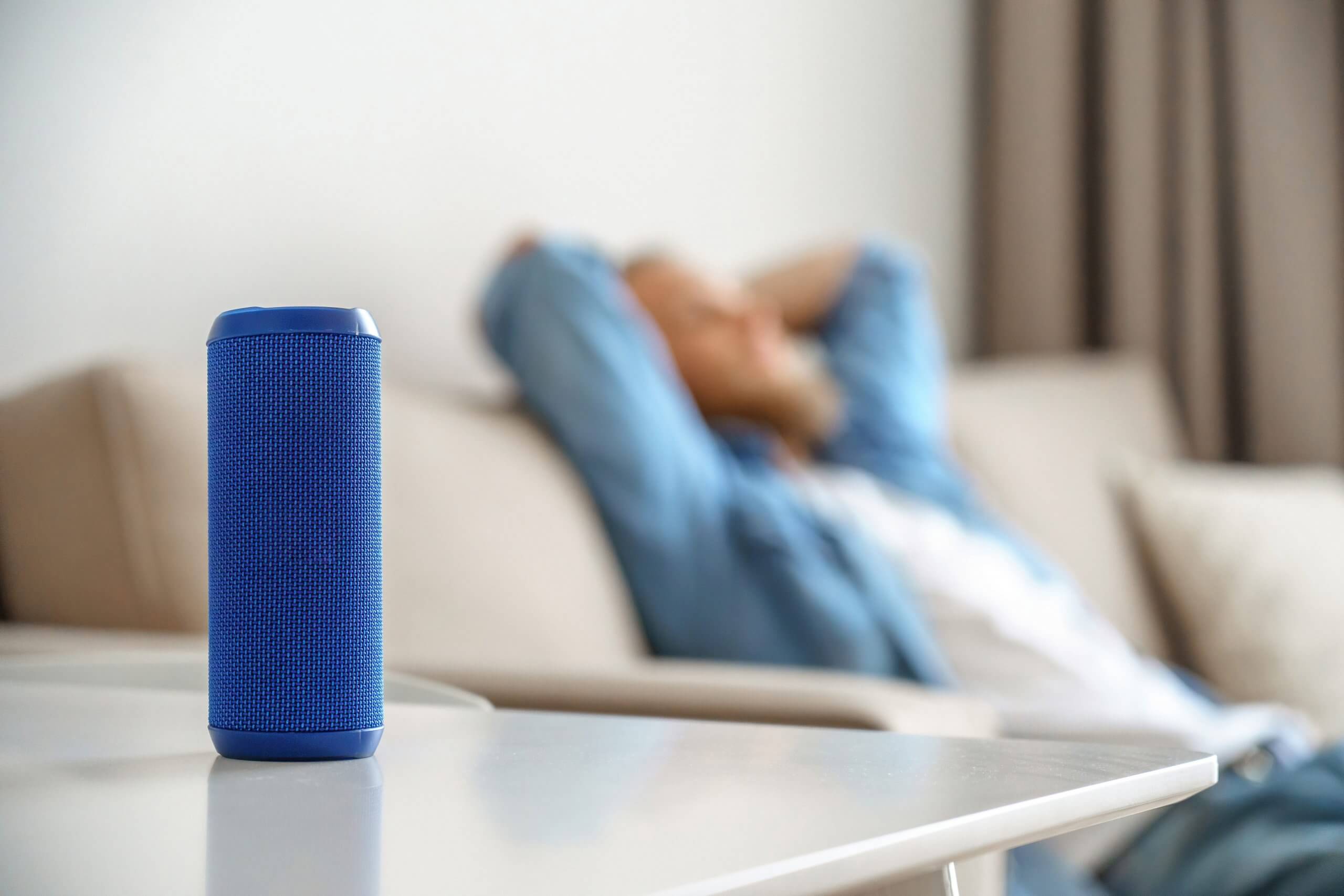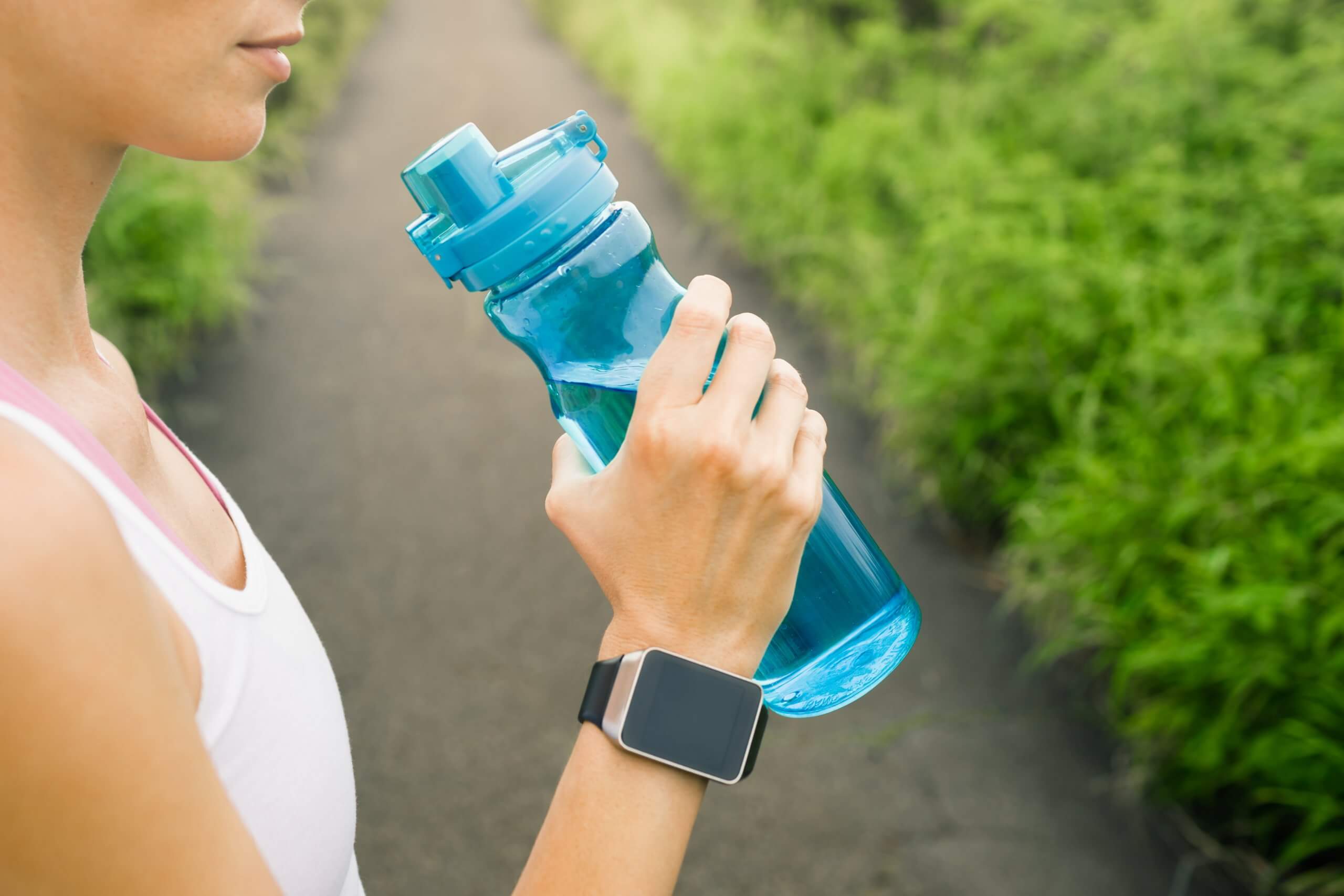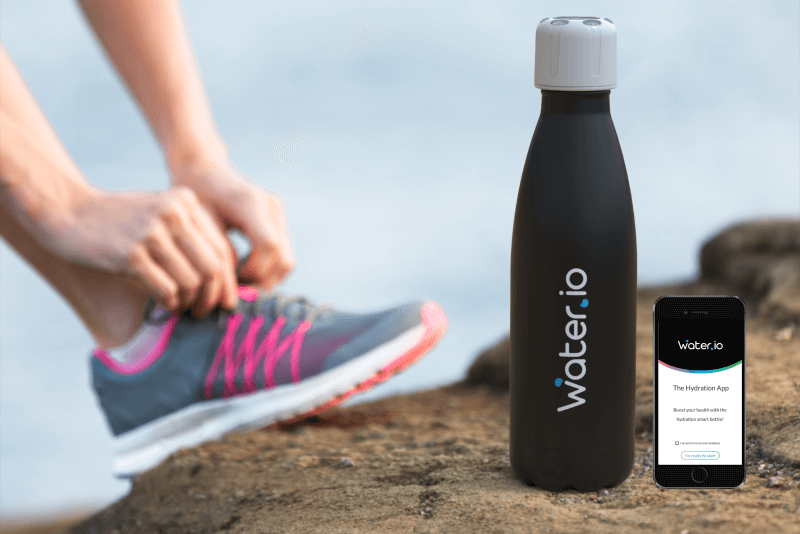In recent years, the food and beverage industry has increasingly been a victim to counterfeit merchandise in which other manufacturers try to mimic their branding or product.
To answer this problem, tech companies have invented ways to ensure the product that the consumer receives is genuine and not counterfeit. They have developed several strategies either through the packaging, labeling, sensors, or coding to educate the consumer that their product is authentic and to locate fraudulent stock.
From wine to luxury food items, fraud can be distressing to brands that spend millions of dollars on marketing, advertising, product development, and safety regulations. In an effort to protect their brand and its integrity, food and beverage companies have reached out to technology to provide a way for customers to authenticate their products. Below are a few ways, that technology has been using electronics and packaging technology to expose counterfeit goods.
Labeling Alternatives
The use of thermochromics or invisible inks to alert the distributor and the consumer that their product has reached its target market. These inks when exposed to certain temperatures fade or disappear indicating that they have been tampered with. Invisible inks can be read by the distributor and manufacturer but since they are not seen by the naked eye, duplicators cannot replicate the label properly on counterfeit products. Some companies also use laser cuts that are also nearly impossible to replicate on the label to prove that it comes from the original source.
QR or quick response codes were an original solution to identifying counterfeit products, however these codes can be copied easily or have readability problems. QR codes can be enhanced with barcodes inserted into a holographic image which prevents replication and the code can be linked back to a verification database. Some companies use customized break designs, 3D imaging and serial numbers hidden into the QR codes that make them harder to copy.
Self-Adhesive Labeling is a reliable and versatile way to label genuine products. These stickers are laminates of the label sandwiched between adhesives and an inner liner. The customization of the liner between the adhesive and the outside label is what makes this product hard to duplicate. If the label is peeled, the liner comes off taking the print with it and making it unreadable, unable for counterfeiters to copy.
Proof Tag by Fibertag is a label that uses the unique fibers of the paper to create a distinctive security tag for each product. The Fibertag records the label and combines with a QR smart code to sync with an online platform that can be checked by the manufacturer and scanned by a consumers’ smart phone.
A new BevSeal by Tesa Scribes is a new way that labeling can be sealed and tracked by a specific sequence of letters and numbers, which can be imported into an app or the company’s database to check for authenticity.
Digital and Electronic Authentication Technologies
Electronic chips inside the label that can be scanned by a smartphone to ensure that the product is authentic. These chips can also be programmed to provide information about the product like storing instructions, ingredients and nutritional information.
These chips and microtags can also be traced by the manufacturer to be able to track bottles to their target market. Any product that is sold outside the established market could be flagged as a counterfeit. These bottles and products can be traced all the way to the final consumer, another way that brands can ensure their product is getting into the intentioned market. Unlike QR codes, each tag, cap or label can have a code encrypted on it and with this system copying is reduced. By using the chips, it eases the stress on the distributor and consumer that have concerns about their product being a counterfeit. The ease of use with scanning a chip or encrypted label, does not require any skill in identifying other visual clues as being fake or authentic.
Companies that offer these labels or tags include Open Sense and Trutag, both which use technology to authenticate a wide range of products. Trutag also uses “edible bar codes” that put chemical compounds like silica into the product to prove that it’s authentic.
Some of these microtags can be synced with satellite tracking and customized optical detectors that can authenticate packages, medicines or any product that is marked with a microtag. The tags use unique codes to distinguish one product or physical properties from another, even with high-volume inventory or small batch quantities.
Cap Seal System by Selinko called Inside Secure, has a chip connected to an antenna that connects to the bottle above the cap. To prevent fraudulent refilling, the cap is deactivated once the bottle is opened making the chip unreadable. If there is evidence of tampering, the consumer would just need to scan the cap with a smart phone to see if the seal has been broken and the contents refilled.
